The Super Bowl is a time for friends, family, and fun, but it’s also a time for excess waste. Between the disposable plates, cups, utensils, and snacks, the amount of waste generated from a Super Bowl party can be substantial. But it doesn’t have to be this way! With a few simple steps, you can host a Super Bowl party that’s not only enjoyable for all your guests but also environmentally friendly.
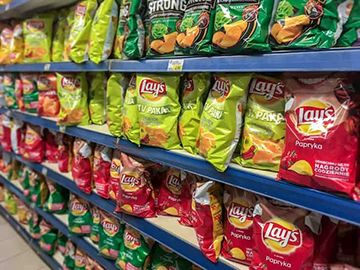
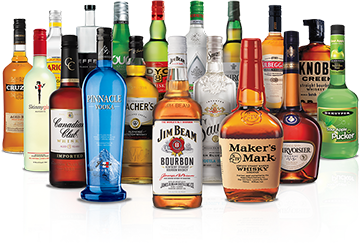
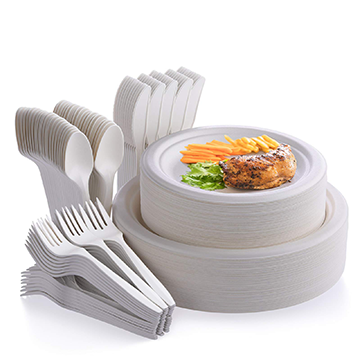
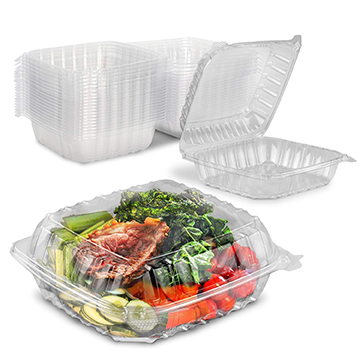
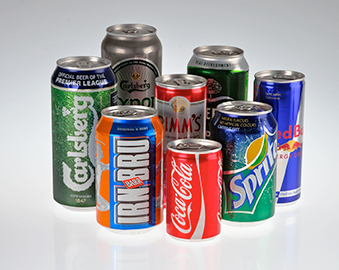
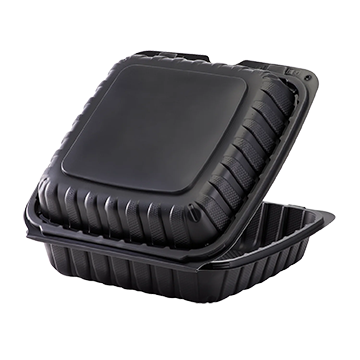
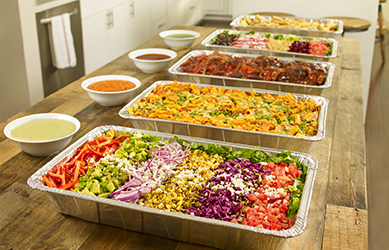
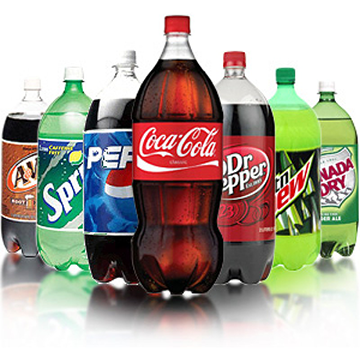
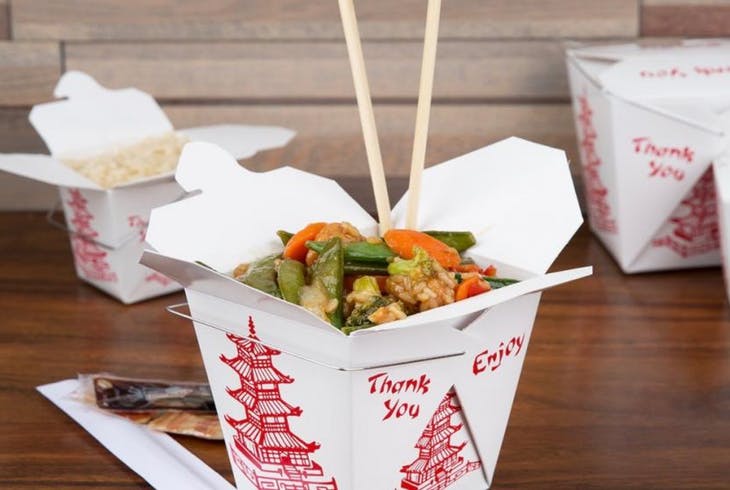
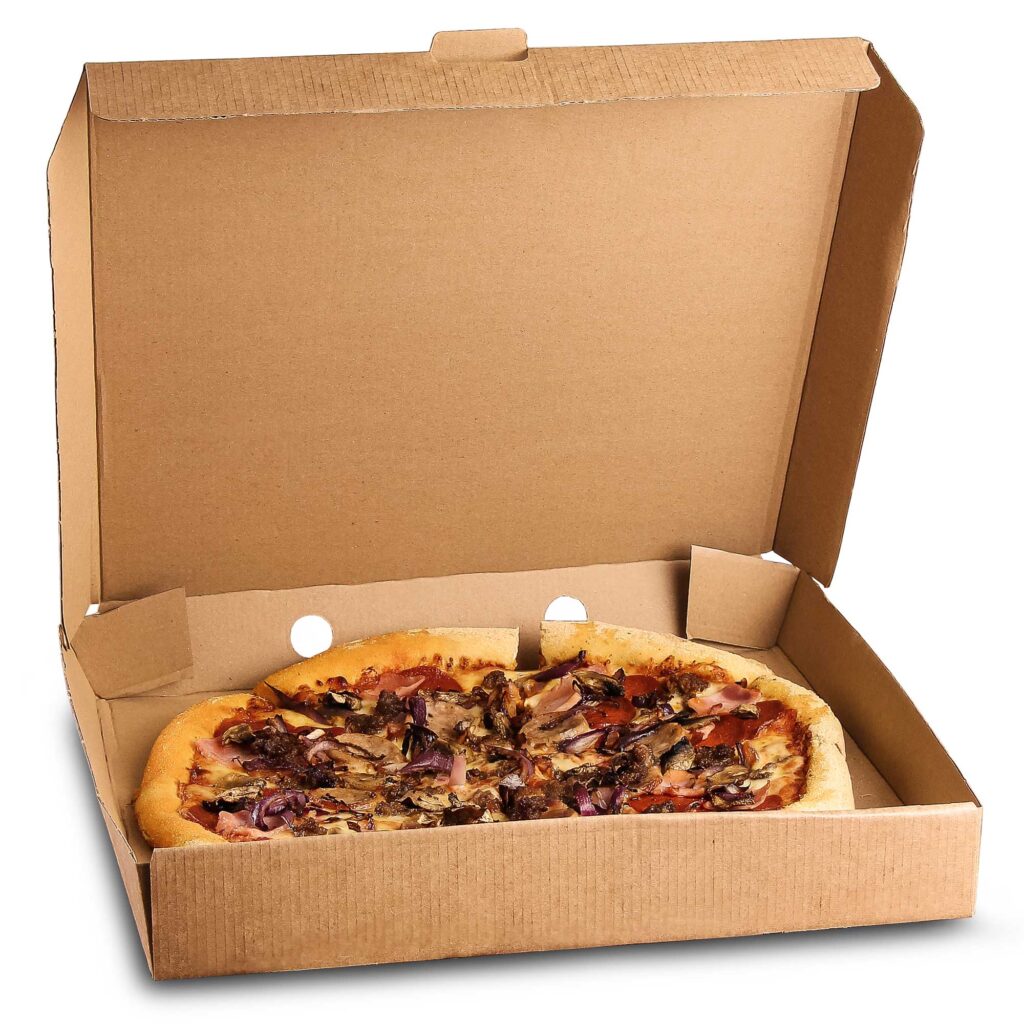
- Chips – Chips are one of the favorite snacks among many people, especially on game day. The problem with chip bags is that they contain both aluminum and polypropylene. It isn’t that neither material is recyclable—both are. The issue is separating the two. potato chip bags need a more tedious recycling method to separate the materials, and most recyclers don’t do it. Only a small percentage of these bags get recycled, while the rest end up in landfills. Unfortunately, the only option is tossing your chip bags into the trash. You can lessen the environmental impact of chip bags by buying large-sized bags instead of single-servings.
- Glass Bottles – What good are chips without dip? Many dips come in glass jars. Not to mention beer & other adult beverages that we like to wash them down with. Most large cities accept glass in their curbside recycling programs, but you’ll want to verify acceptance locally. Due to the costs of transportation, risks of breakage, and low commodity value, some communities choose not to accept glass. Follow these steps to contribute to effective recycling efforts. Do your best to not break glass bottles, as there is no market for recycling broken glass. You can leave the label/foil on, but many recyclers will ask you to separate the metal caps and wine corks. Remove any non-containers from your glass recycling, such as Pyrex, glassware, windows, and mirrors. These glass products can’t be recycled with containers.
- Cans – Whether is soda, beer, or canned foods, Game Day sees its share of metal cans. Cans have the highest recycling rate of any packaging type. They are lightweight, stackable, and strong, allowing brands to package and transport more beverages using less material. That said, If foods or liquids are left in the cans, they can contaminate an entire batch of recyclables. Make sure all cans are clear of liquids or foods that could be left in the container. You can do this by rinsing the can when you’re finished with it. Also, ask your local recycling center to see if you need to remove the paper labels from the can or if it’s part of their process
- 2 Liter Bottles – Many group gatherings call for 2 Liters of soda rather than individual cans or bottles. Most soda bottles are #1 plastic (PET) which is accepted by every curbside recycling program in the US & Canada. Most recycling programs ask that you rinse your bottles and jugs before recycling. The remnants often contain sugar, which will attract insects and generate odors. As for the cap, you’ll want to check with your local program whether to keep it on the bottle, or whether caps are accepted at all. Some programs want the cap on to prevent loose caps from falling out during transportation. Others want the cap off to ensure the bottle is empty and because their recycling machinery may be damaged when trying to crush a capped bottle. You should be OK leaving the label on the bottle, but it’s unlikely to be recycled since it’s a low-grade quality of paper or plastic.
- Takeout Boxes – Takeout and delivery are one of the highest forms of self-care and a spoil we would never dream of giving up. But all that delicious restaurant food has to be transported in something, which can cause a lot of waste. it’s good to know which takeout containers can and can’t be recycled. The same goes for prepared meal delivery service containers and those that house premade food from your local supermarket’s hot buffet. The most important thing you can do to streamline the process is to find out which containers can and can’t be recycled in your specific area. This will likely vary depending on where you live, so you’ll need to check with your local sanitation department, often via its website. Just because a takeout container has a recycling symbol on it doesn’t mean it can be recycled where you live.
- Plastic Clamshells – Manufacturers use different processes to produce different types of PET containers. They make clamshells using a process called thermoforming, and bottles and jugs through blow molding. These distinct processes result in PET products of different grades, each with specific uses. Clamshells often have labels with strong adhesives that are difficult to remove. They produce more fine particles when processed and have a different bulk density than PET bottles. This makes it difficult to process clamshells and bottles together. The recycling facilities lose money by dealing with lesser quality PET plastic when clamshells are mixed in with bottles and jugs. As a result, many recycling programs and MRFs won’t accept clamshells for recycling, even though they are made of recyclable PET plastic. If your local recycling program does not accept plastic clamshells, please be sure to keep them out of your recycling bin
- Polystyrene foam containers: These foam containers are some of the most used for takeout and delivery, so it’s likely you’ve seen them. Unfortunately, they aren’t recyclable and must be thrown out.
- Black plastic containers: These are another popular choice for restaurants, and while they are often made from recycled materials — making them at least somewhat eco-friendly — they can’t be recycled and must be tossed.
- Chinese & fiber containers: This is another type of container that in theory could be recycled, but because oil often seeps into the cardboard, you’re better off throwing them away. Also, many are coated with a sealant that makes them leak-proof and difficult to recycle.
- Aluminum containers: You know the ones you can never close as tightly as the restaurant did the first time no matter how much you pinch? Yeah, those are recyclable as long as they’re clean.
- Paper or cardboard containers: These are often made from recycled materials and can be recycled themselves. Some are even biodegradable and compostable as long as they are thoroughly cleaned and haven’t soaked up much grease. Even ones that aren’t recyclable are far less toxic than plastic or Styrofoam when being processed, burned, or buried.
- Pizza Boxes – What’s a party without pizza? Super Bowl is the busiest day of the year for pizza delivery. There is great inconsistency and confusion regarding the recyclability of pizza boxes. Pizza boxes are technically recyclable, but not when it’s soaked in oil or caked with cheese. Before you decide which bin to put that pizza box in, it’s worth checking with your local recycling center to see whether it accepts pizza boxes or not. Happy medium: Take the top portion of the box if it’s free from oil and recycle that with your cardboard.
- Aluminum Serving Pans – Aluminum foil pans have become essential to our daily lives due to their convenience, durability, and versatility. They are perfect for homemade dips, wings, and other game-day dishes. The importance of recycling aluminum foil pans cannot be overstated. In the United States alone, millions of tons of aluminum waste are generated yearly, most of which end up in landfills. Aluminum foil pans are 100% recyclable but must be cleaned and treated appropriately before recycling centers collect them. Improperly cleaned and contaminated pans can ruin an entire batch of recycled aluminum, rendering the process null and void.
- Plastic Utensils – Not everything made from plastic is recyclable, and recycling plastic utensils is usually dependent on your local facility, so check with your service provider. Even better, when you place your order let the restaurant know you don’t need any plastic ware if you are getting takeout or use washable utensils at home for cooking & guests.
- Paper Plates – These are not recyclable when soiled with food and liquid, so look for reusable, biodegradable, or true disposable products instead. Any paper plates, napkins, or paper products that are not heavily soiled with grease can generally be recycled.
- Plastic Bags – When the game (and party) are over, sadly it’s time to clean up. Just remember this and use plastic bags sparingly. Plastic bags are known as tanglers because they easily get tangled up in sorting equipment at the recycling center, damaging equipment and causing safety hazards for workers. Never put plastic bags in the recycling bin. Instead, take plastic bags and plastic film to a drop-off location near you for recycling. Many local retailers accept plastic bags.
By following these tips, you can host a fun and environmentally-friendly Super Bowl party that’s both fun and environmentally friendly. Not only will you reduce waste, but you’ll also be setting a positive example for your guests and the environment. Enjoy the game, responsibly!
